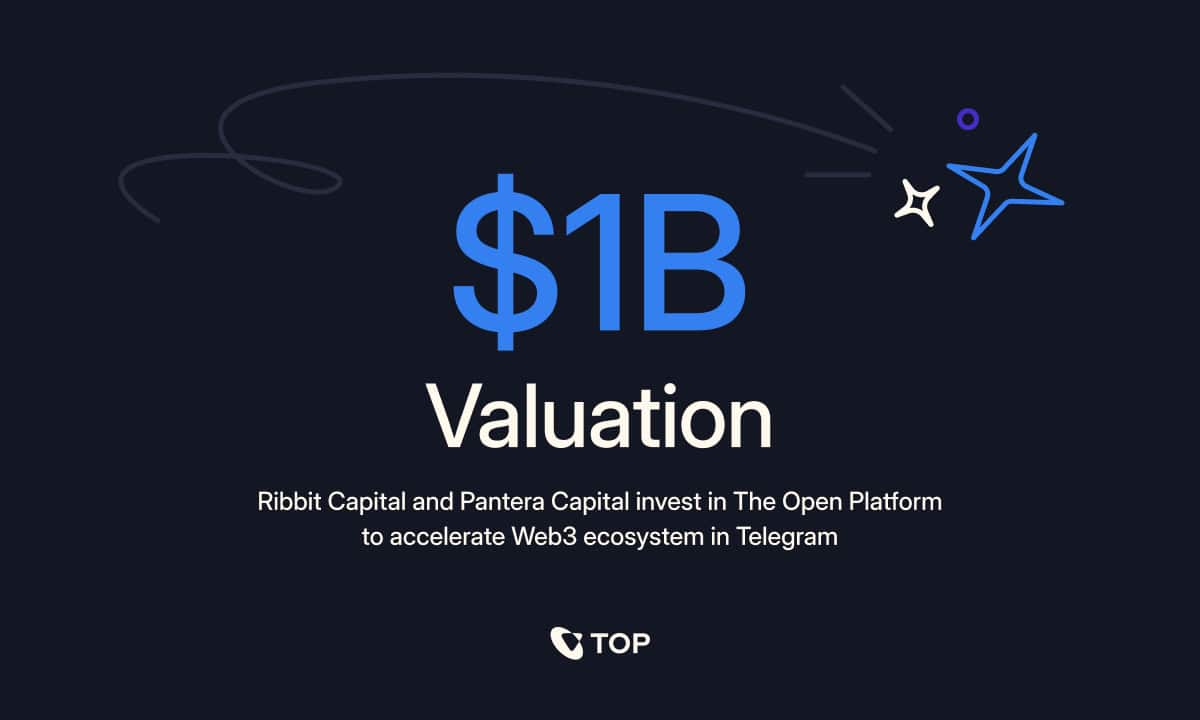Norway and France have implemented tight laws on the mining community these past few weeks. In their eye, it simply isn’t efficient. But in a race where low-cost energy and operational efficiency dictate hash rate dominance and profitability, Kyrgyzstan emerges as a beacon for sustainable, cost-effective mining. Leveraging its abundant hydroelectric resources, the country offers miners ultra-low opex through renewable energy, positioning it as a prime destination for publicly traded giants like MARA Holdings (NASDAQ: MARA), Riot Platforms (NASDAQ: RIOT), and CleanSpark (NASDAQ: CLSK). With block reward mining consuming just 0.51% of Kyrgyzstan’s electricity in 2024, its hydro-powered operations deliver minimal carbon emissions, aligning with global sustainability demands.
As miners grapple with post-halving economics and a network difficulty of 126.4 trillion, Kyrgyzstan’s low-cost, green energy model could reshape global hash rate distribution, offering a compelling alternative to regions facing regulatory or energy constraints.
Kyrgyzstan’s hydroelectric advantage stems from its vast water resources, generating over 90% of its electricity through dams like those on the Naryn River. In 2024, crypto miners used 92.5 million kWh, a fraction of the country’s 18 billion kWh annual capacity, with power costs dipping below 3 cents per kWh—far below the $70,000+ per BTC mining cost in the U.S. This low-opex model mirrors strategies of MARA Holdings, which achieved 23 joules per terahash (J/TH) efficiency in Q1 2025 while holding 49,179 BTC in reserves, leveraging low-cost energy to fund fleet upgrades. CleanSpark, targeting 32 EH/s (exahashes per second) by year-end, has prioritized sustainable power to optimize margins, making Kyrgyzstan’s hydro model a natural fit. The country’s renewable focus also aligns with Bitdeer’s (NASDAQ: BTDR) 11.4 EH/s operations, emphasizing energy efficiency to maintain uptime in a post-halving market where block rewards are 3.125 Bitcoin.
The environmental edge of Kyrgyzstan’s hydro-powered mining is a game-changer. Unlike fossil fuel-reliant operations, its near-zero-emission profile addresses global scrutiny on crypto mining’s carbon footprint, as seen in Norway’s recent ban on new mining data centers. For Riot Platforms, securing sub-4-cent-per-kWh power contracts in the U.S., Kyrgyzstan offers a blueprint for sustainable scaling, potentially reducing opex while meeting investor demands for green practices. The country’s low energy consumption by miners—equivalent to powering a small town—ensures scalability without straining the grid, unlike Russia’s crackdown on illegal miners siphoning power. This stability positions Kyrgyzstan as a haven for miners seeking to deploy next-generation ASICs, like MicroBT’s WhatsMiner M60 series, targeting sub-20 J/TH efficiency.
Kyrgyzstan’s rise has broader implications for global miners. With the U.S. holding 31.6% of global hash rate, rising energy costs and potential tariff hikes on Chinese rigs (up to 145%) are pushing miners to explore alternatives. Kyrgyzstan’s hydro resources rival those of Paraguay, where HIVE Digital Technologies (TSXV: HIVE | OTCQX: HVBTF | FSE: HBF) expanded to 11.4 EH/s with a 100MW facility and offered a counterpoint to Pakistan’s solar-powered mining push. However, Kyrgyzstan’s stable regulatory environment—lacking the punitive measures seen in Russia, where 70% of miners face fines for non-registration—makes it more attractive. By diversifying into high-performance computing (HPC) to offset post-halving volatility, Core Scientific could view Kyrgyzstan as a model for low-cost, renewable-powered operations, reducing reliance on volatile U.S. energy markets.
Despite its promise, challenges persist. Kyrgyzstan’s mining sector requires significant capex for infrastructure, including data center construction and rig deployment, to scale beyond its current niche. Political and economic instability, a historical concern in the region, could deter large-scale investment, though recent reforms have bolstered investor confidence. Grid reliability, while strong, faces seasonal fluctuations due to water availability, potentially impacting uptime for miners like Hut 8 (NASDAQ: HUT), which thrives on Canada’s sub-3-cent-per-kWh power stability. Additionally, competition for hydro resources from other industries, such as aluminum production, could limit expansion, requiring miners to secure long-term power contracts.
Kyrgyzstan’s model offers lessons for publicly traded miners in leveraging renewables to cut costs and enhance sustainability. Its low energy footprint could inspire innovations like immersion cooling or AI-driven hash rate optimization, as seen in platforms like HashFly. As MARA’s CEO Fred Thiel emphasized, “Stable, low-cost energy is the backbone of our growth strategy.” Kyrgyzstan’s hydro advantage could draw miners displaced by regulatory bans elsewhere, but scaling requires navigating logistical and geopolitical risks. Compared to Russia’s gas-powered Crypto Factory fund or Norway’s restrictive policies, Kyrgyzstan strikes a balance, offering a green, cost-effective haven.
In conclusion, Kyrgyzstan’s hydro-powered block reward mining positions it as a low-cost, sustainable frontier in a hyper-competitive market. Its minimal energy consumption and renewable focus offer miners a path to optimize opex while meeting environmental goals. For publicly traded miners, Kyrgyzstan’s model underscores the need for strategic site selection and energy innovation to thrive amid rising costs and regulatory pressures. As global hash rate competition intensifies, Kyrgyzstan could redefine the economics of Bitcoin mining.
Watch | Mining Disrupt 2025 Highlights: Profitable trends every miner should know

















 English (US) ·
English (US) ·